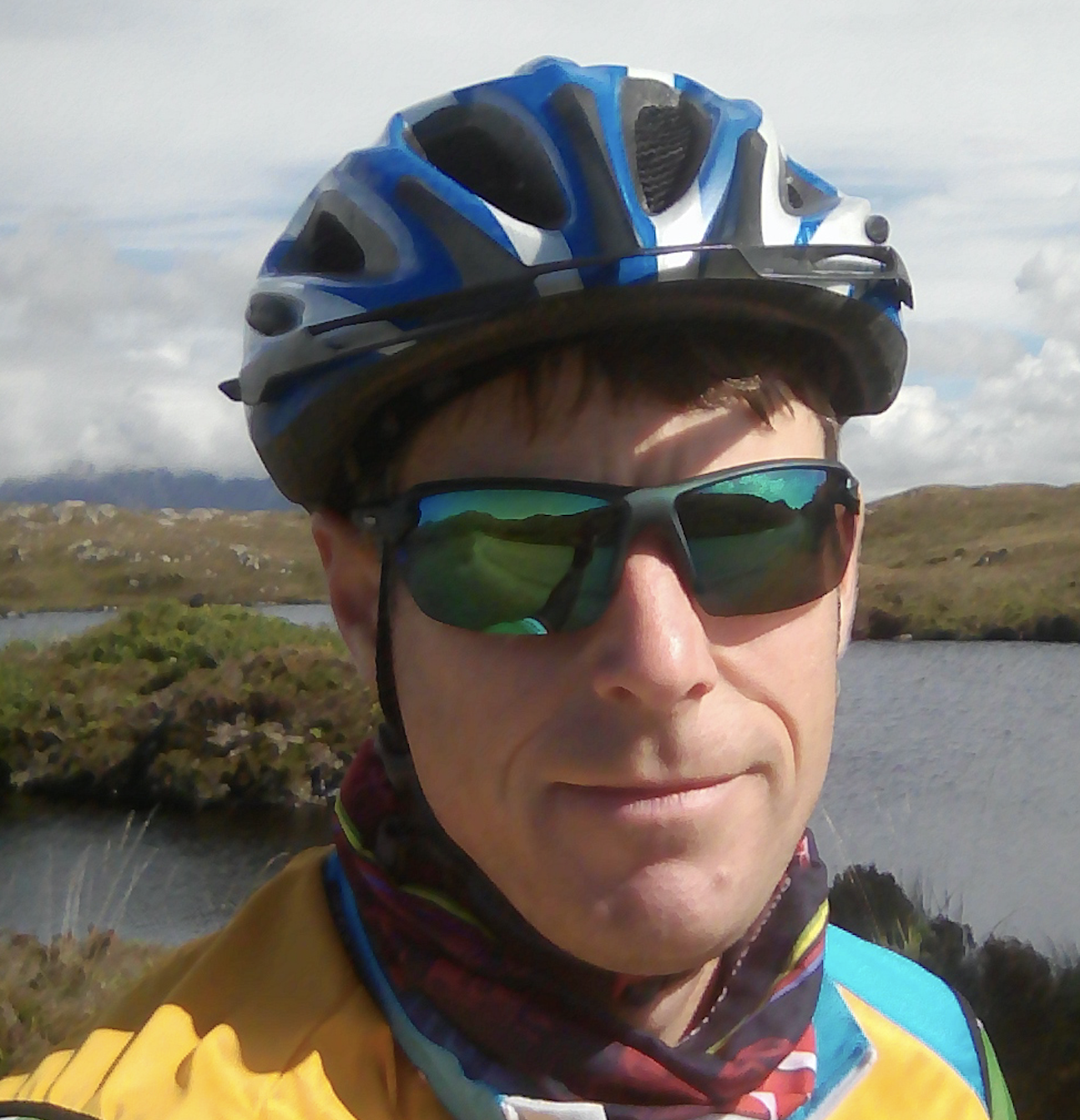The most glorious cycling routes are often found beside waterways – gentle rivers, placid lakes, remote reservoirs and, of course, along countryside canals.
One of the finest cycles in Britain follows the Crinan Canal, once an important shipping shortcut on the west coast of Scotland.
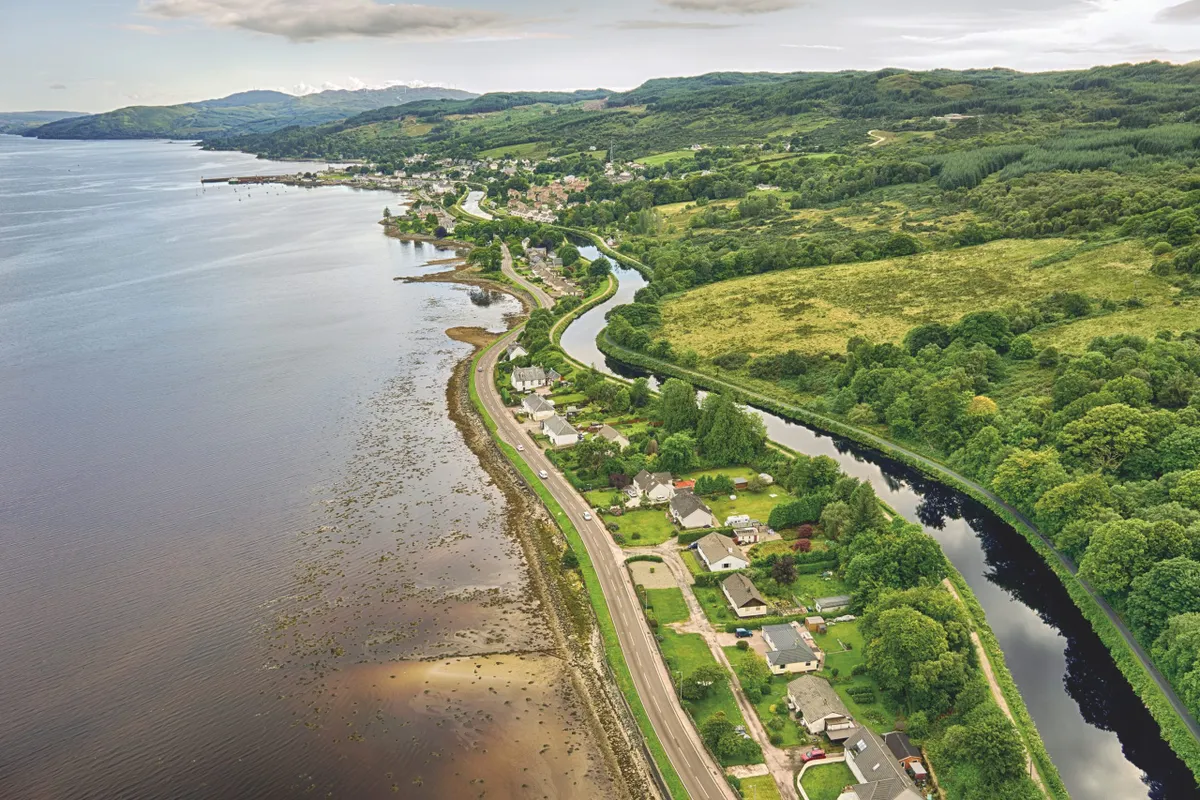
Where is the Crinan Canal?
Located in pretty Knapdale at the head of the long Kintyre Peninsula in the Argyll and Bute region, this fabulously flat route runs along a well-surfaced towpath, with one very quiet road section. En route there are bags of historical attractions, and good places to eat. At the canal’s end, the sense of the journey, where countless sea-bound vessels have gone before, is striking.
The Crinan Canal has long been described as ‘Britain’s most beautiful shortcut’, and it’s easy to see why. It is a remarkable landscape, made largely of forested knolls that drop down to the peaty canal. In March, when the sun shines, the waterway comes alive with lush banks of grasses and reeds, and at the western end there is a huge expanse of bogland – always a mysterious sight.

Deeply carved prehistoric rock art can be seen close to the canalside hamlet of Cairnbaan. The elaborate concentric circles, or ‘cup and ring marks’ made in the rocks date back some 5,000 years and are part of one of Britain’s most important groups of prehistoric monuments.
Crinan Canal history
As archaeologists were busy studying the Cairnbaan site in the mid-19th century, traffic on the canal was booming. The specially designed Linnet steamer was launched in 1866 to meet demand from passengers, replacing the horse-drawn barges that had plied the canal since it opened in 1801. The major project gave ships an alternative route to the treacherous waters round the Mull of Kintyre. The resulting nine-mile-long canal, which spans Knapdale, allowed vessels journeying from the Clyde to the west coast to cut more than 100 miles off their voyage.
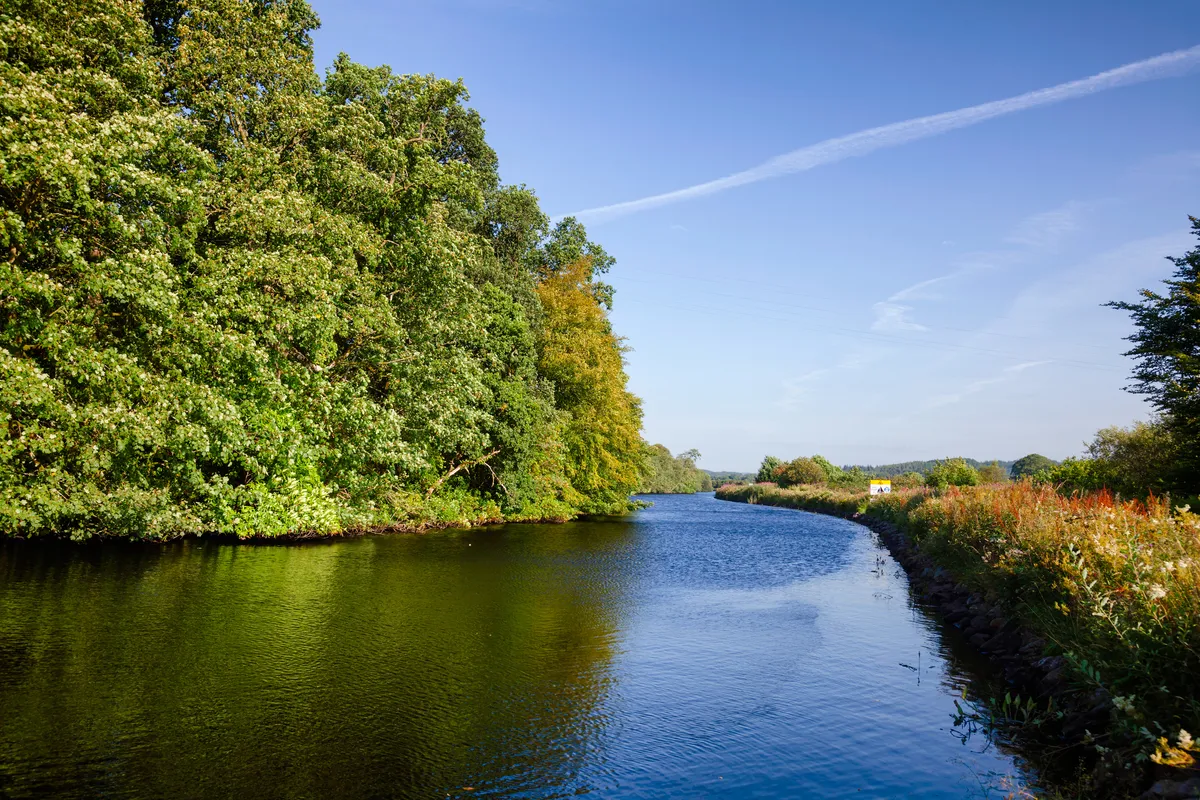
Wildlife mosaic
As you might expect – being so close to the sea, a huge bog and a mosaic of freshwater lochs – the canal hosts an abundance of birdlife. From late March, you might see ospreys returning from their overwintering sojourn. Before late March, hen harriers quarter the vast expanse of bogland through which the estuarine River Add flows. Extensive mudflats offer rich pickings for curlews and other waders. Otters hunt in quiet stretches of the canal too, as dazzling kingfishers dive in its clean waters – rare in this part of the country. Later in the spring, minke whales, porpoises and dolphins are often sighted from the end of the canal at Crinan.
This is truly an exciting time of year to set out for a cycle by the canal, when new life is teeming all around and there is a vibrancy to the colours, particularly the green sedges.
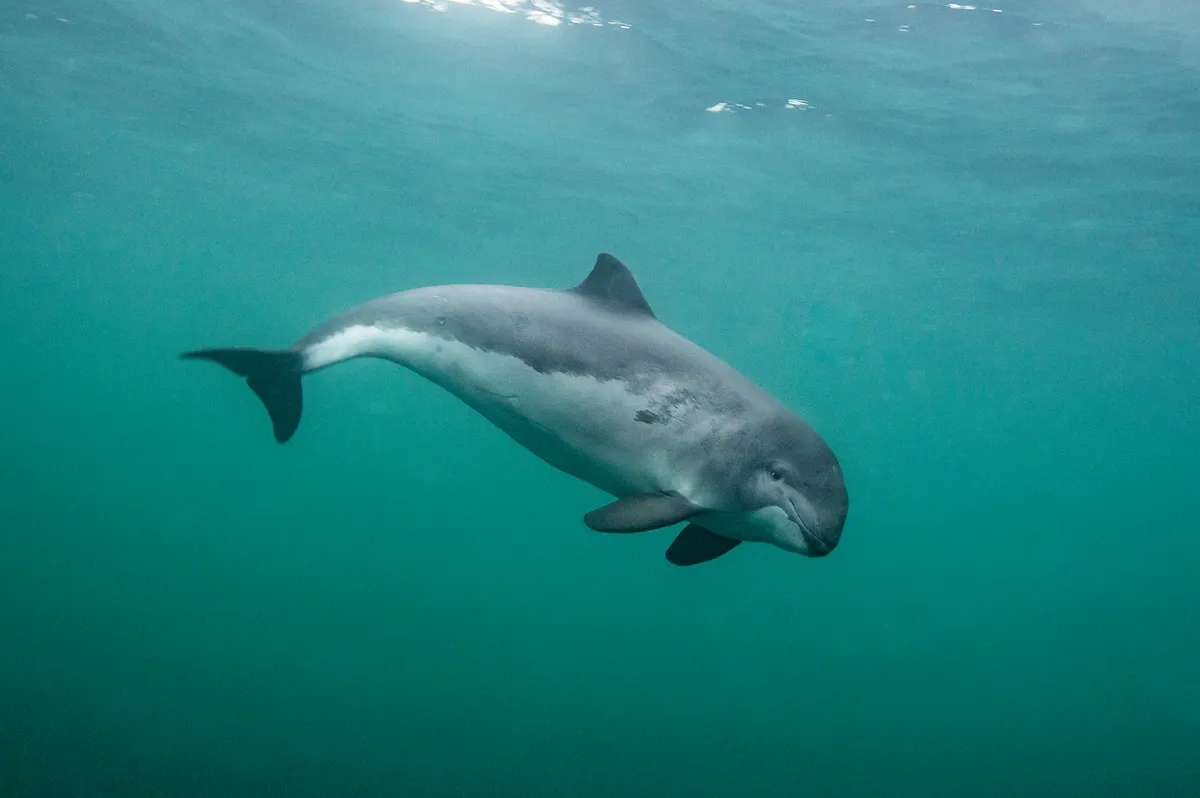
Crinan Canal walk
1. Sea to sea
Begin from Lochgilphead by the sea loch of Loch Fyne and head west out of town on the main coast road (there is a footpath). Turn left at the junction signed Campbeltown. You will see the raised canal bank ahead of you. Take the sloping road opposite to meet it, turning right at the top to commence your traffic-free journey to Crinan; Ardrishaig Harbour at the eastern end of the canal is two miles to the left where a short road section leads to a canal heritage hub.
2. Loch stop
At Cairnbaan, about two miles into the journey, there is a friendly food-serving bar in the Cairnbaan Hotel beside the first in a series of locks. Follow signs from the hotel car park to reach the prehistoric Cairnbaan Rock Art – a 20-minute uphill walk.
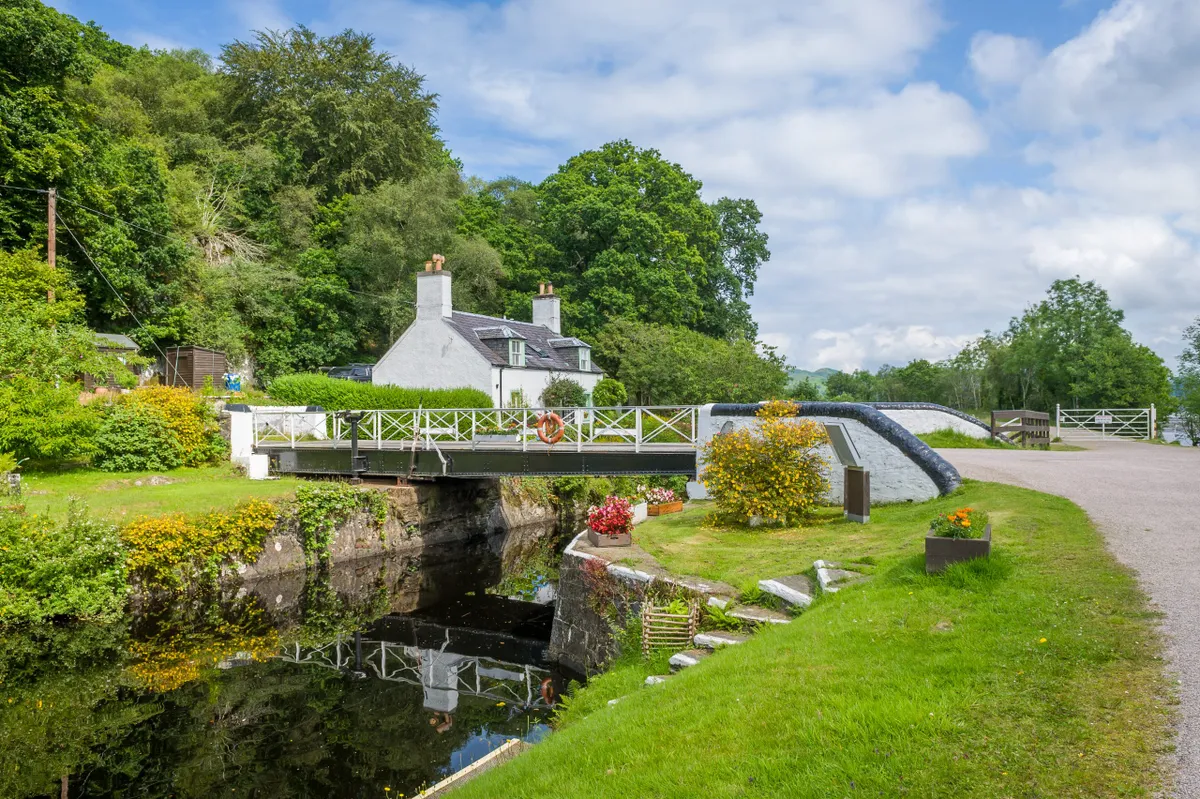
3. Boglands
Continuing onwards, Sustrans’ National Cycle Network (NCN) 78 follows a minor road on the canal’s right. Enjoy easy riding before descending gently. The trail is closed to traffic from Lock Number 11. Soon there are views over a wild expanse of bog on the right.
Known as Móine Mhór, Gaelic for ‘Great Moss’, this is one of the best preserved and most extensive raised bogs in the UK. The sheer size of Móine Mhór quickens the pulse. Its appearance changes swiftly. Sunshine illuminates its myriad lochans while clouded skies can cast it into another realm.
4. Forts and beavers
At Bellanoch, two superb diversions can be made on road by traffic-confident riders, or visited later in the day by vehicle.
The first four-mile detour heads north on NCN 78, crossing Islandadd Bridge – a popular feeding spot
for wildfowl and waders. Turn right after two miles, then right again on to the busy A816 (no path). After half a mile, a final right takes you to the impressive Dunadd fort.
Ancient Gaelic capital of Dunadd
In the 5th century, Fergus Mór, king of the Gaels, established Dunadd as a new capital. According to myth, after the Picts merged with the Gaels, the first king of Scotland was crowned there. From the top of the hilltop fort, visitors today can see carvings, ruins and a foot imprint linked to royal inaugurations.
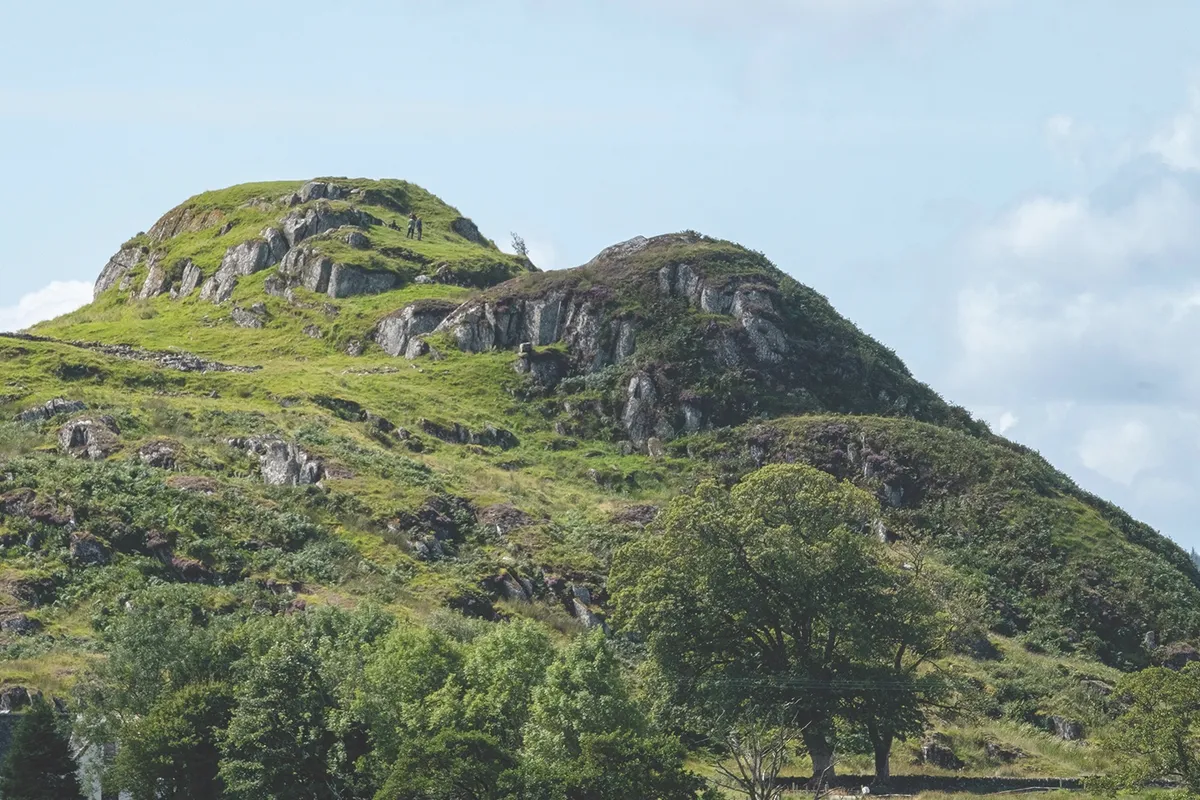
Back on the canal, a second detour veers south from Bellanoch. Follow the hilly road for 1.5 miles to a car park at Barnluasgan, which serves the Scottish Beaver Trial (more information on both detours opposite).
Knapdale Scottish Beaver Trial
In a groundbreaking five-year trial, four beaver families from Norway were released at Knapdale Forest in 2009, building lodges and raising their young. Dawn and dusk are the best times to see the beavers and their kits, which are active from spring to late autumn. Start from the Wildlife Information Centre at Barnluasgan. scottishbeavers.org.uk
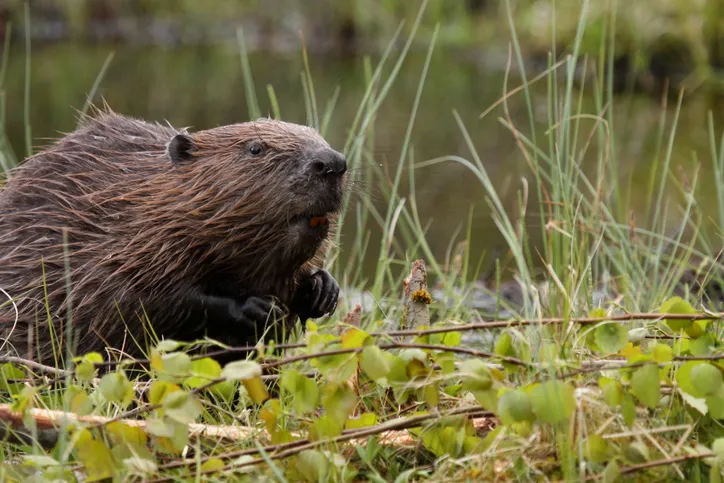
5. Sound views
Journeying on along the canal, the promise of the open sea beyond the Sound of Jura would have been a welcome sight for sailors of old, knowing they had avoided the perilous breakers off Kintyre.
For the cyclist it is a splendid section, as the way cuts right between the canal’s waters and the large estuary of the River Add.
From Crinan Basin, with its coffee shop and upmarket hotel, there is a fine view of the Jura and Scarba islands between which the deadly Corryvreckan whirlpool swirls. Enjoy the setting before returning to Lochgilphead.
